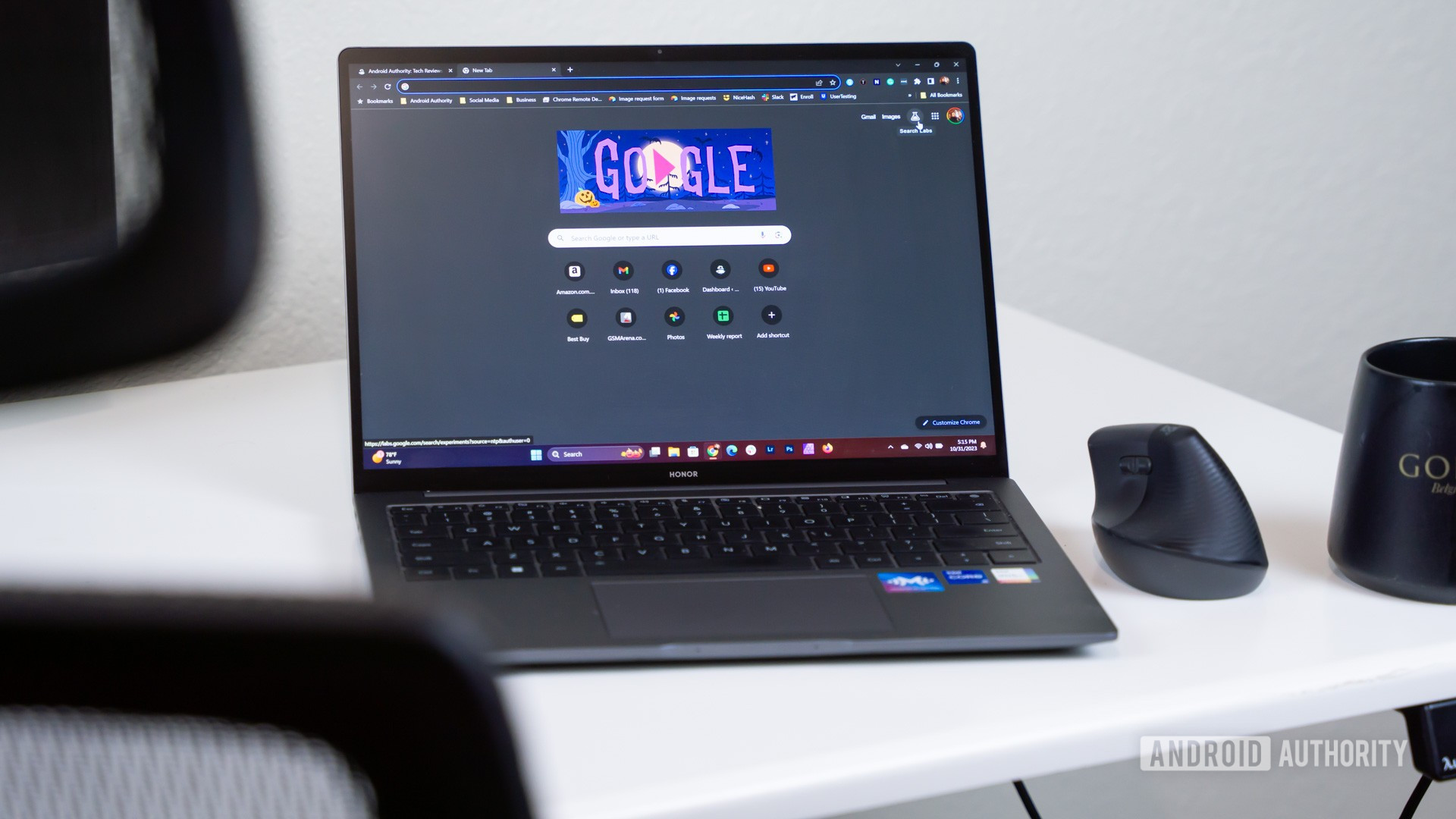Affiliate links on Android Authority may earn us a commission. Learn more.
6 ways to fix "chrome-error://chromewebdata/" in Google Chrome
You could be out of luck, but there are some backup tactics available.
By
•
Published onJanuary 29, 2024
•
•
Google isn’t the worst offender when it comes to bizarre error messages, but it’s not leading the pack in clarity, either. Case in point: a “chrome-error://chromewebdata/” error when visiting some webpages in Chrome. So what triggers the error, and what troubleshooting steps can you use to get around it?
How to fix “chrome-error://chromewebdata/” in Google Chrome

Edgar Cervantes / Android Authority
As a rule, you’ll probably see this error when Chrome can’t reach a particular web server (or more rarely, a compatible app). While that often means there’s nothing you can do, that’s not always the case, so it’s worth running through the steps below in order if reaching a site is mission-critical.
- Doublecheck that you’ve entered the right URL. While you’ll see “This site can’t be reached” if a website is truly non-existent, there’s a possibility that the URL you’ve entered is associated with a real server, but not operational for whatever reason. Check that you’ve entered the proper URL, which could mean finding out if an organization has migrated to a new domain.
- Try a different port number. If you see a variant of the error like “chrome-error://chromewebdata/ 14”, that last digit refers to a server port number. It could mean there’s a valid port to connect to, but that you’ve been directed to the wrong one. The most common port number for websites is 80 (for the initial HTTP connection, anyway), so if you know a site’s IP address, you may be able to force the correct port by entering “:80” after the main digits. As an example, “http://192.168.1.1:80/” would probably take you to a web port on your LAN (such as your Wi-Fi router controls).
- Try temporarily disabling any VPN or proxy connections you’re using. While it’s uncommon, there’s a non-zero chance that the site you’re trying to reach won’t allow people to reach it via a VPN (virtual private network) or a dedicated proxy server. Disable any VPN or proxy tools you’re using and try again, whether or not they’re Chrome extensions or separate apps.
- Disable any blocking- or security-related Chrome extensions. Conceivably something like an ad blocker or a security/privacy extension could be interfering. Disable any of those of you have running, at least for as long as you need to access a site. If that still isn’t helping, try disabling every extension you can afford to. In the desktop version of Chrome, click on the triple-dot icon and select Extensions > Manage Extensions.
- Clear out Chrome’s cache data. A corrupted cache can potentially “confuse” a web browser, to be overly simplistic. To clear out cache data in the desktop app, click on the triple-dot icon and select Clear browsing data. Uncheck anything else you want to keep intact, such as browsing history. Whenever you’re ready, hit Clear data. Sites will take longer to load at first, since Chrome will need to re-acquire media assets.
- Scan for updates to Chrome. Bugs happen. They’re unlikely to affect your ability to reach specific websites, but it’s not impossible, and Google is frequently updating Chrome to solve glitches and improve security. You may sometimes be prompted to update without doing anything, but you can force a check by opening the triple-dot menu and going to Help > About Google Chrome. The browser will have to relaunch for any downloaded update to take effect, but don’t panic — your tabs should be restored. To be doubly sure, head to triple-dot > Settings > On startup and make sure Continue where you left off is active before you try installing anything.
Follow